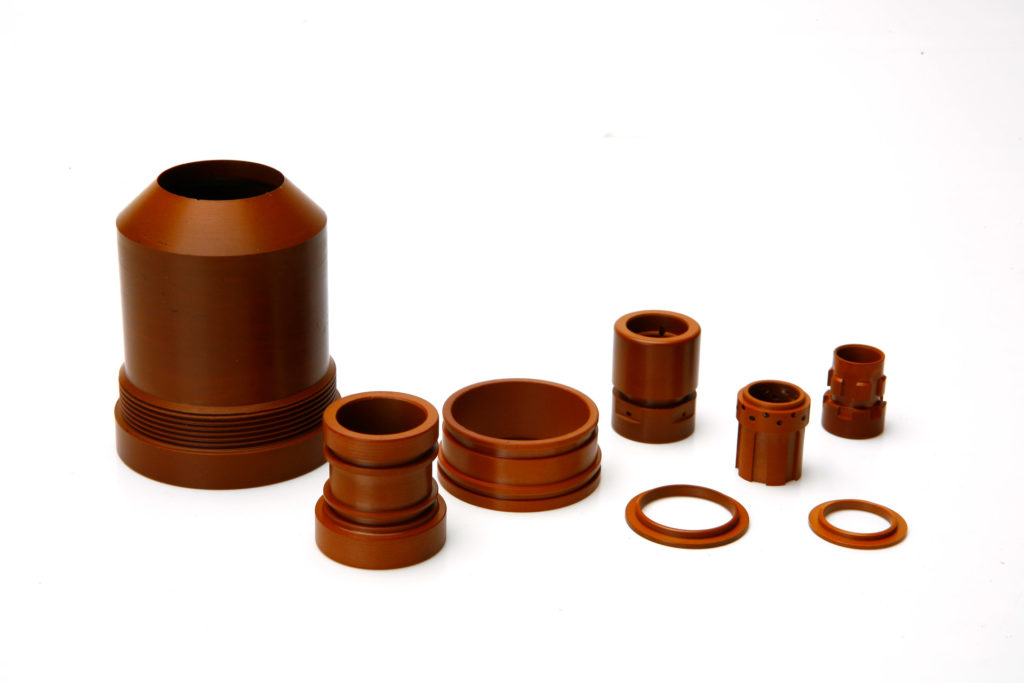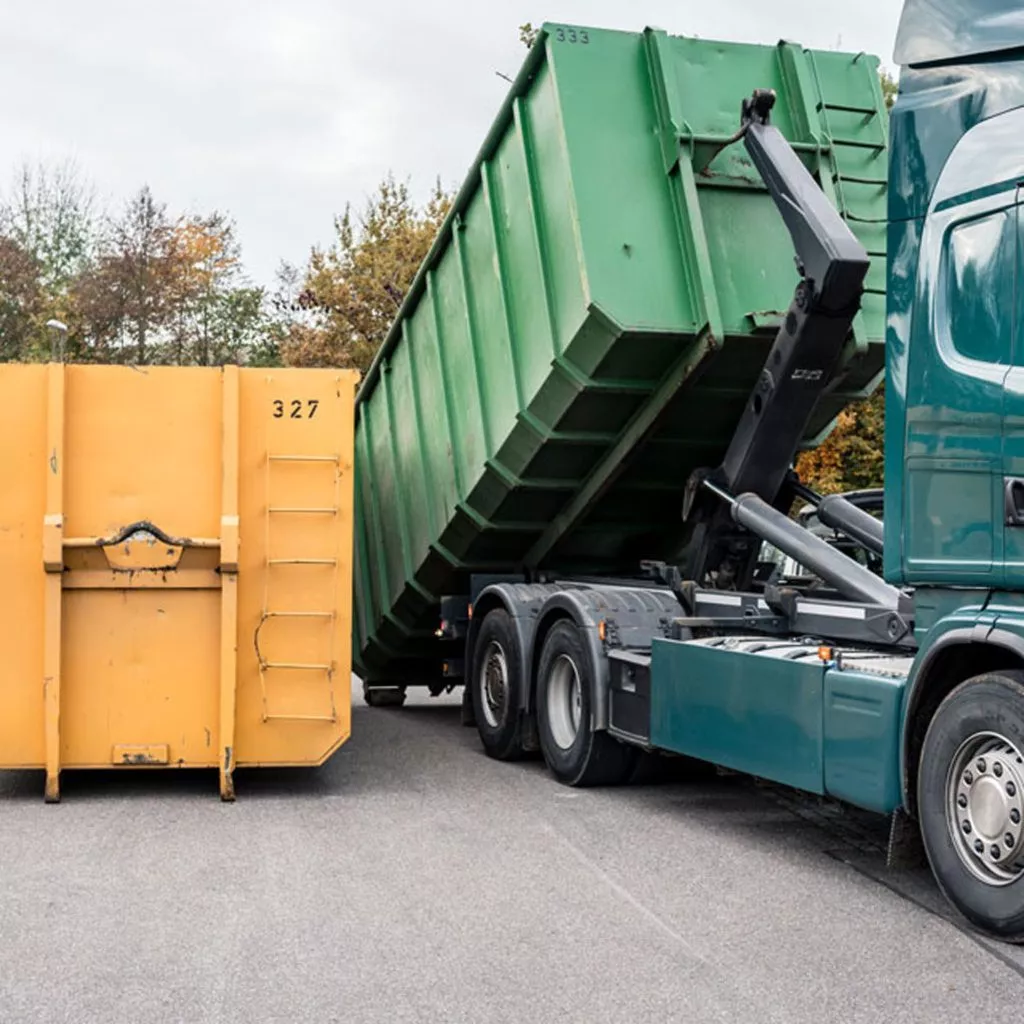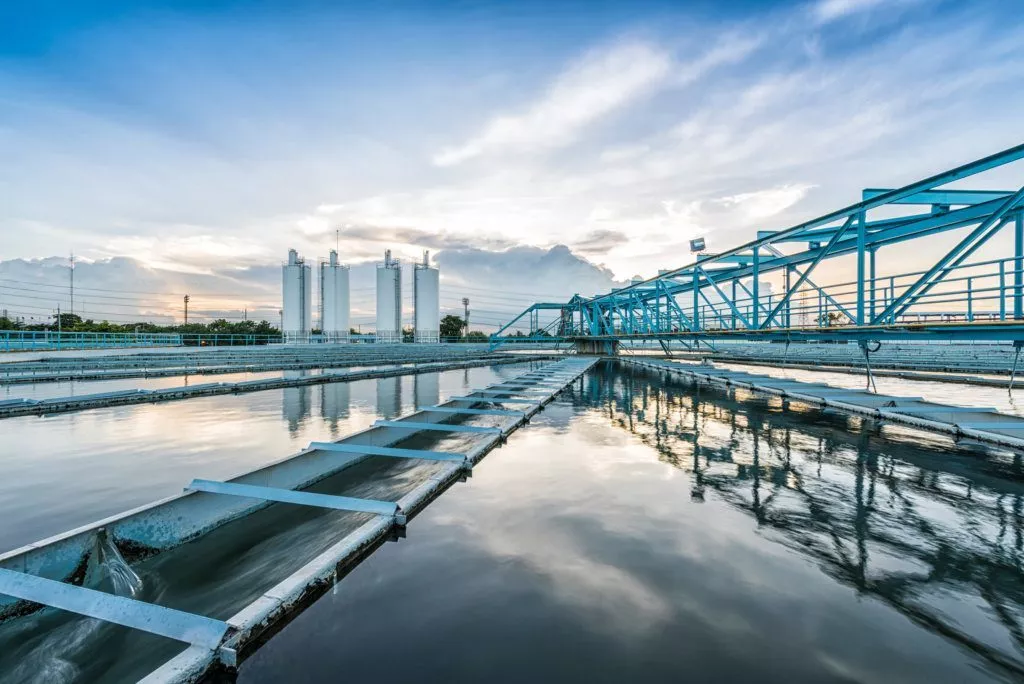#07 – Plasma Cutting Machines
How we melt steel.

The Challenge
Plasma cutting machines for cutting steel up to 160 mm thick must be built with durable and resilient materials to meet their daily challenge.
An electric arc between the electrode and the workpiece heats the plasma gas to approximately 45,000 °C to form a plasma jet. Due to the high energy density of the plasma jet, the metal melts and is blown away by a jet of gas, thus creating the cut. Our customers rely on products from Comco EPP for this process.
The Solution
We have developed Plavis Polyimide components such as gas distributors, coupling nuts, and gas diffusers in collaboration with plasma cutting machine manufacturers to replace conventional parts, which are mostly made of titanium. With Plavis Polyimide components, we solve several problems at once:
- We reduce downtime with our material because it cannot fuse.
- The user can achieve significantly higher cutting speeds and thus reduce their production times.
- There are no idle times since preheating is no longer necessary.
- Part costs are significantly lower.

The Products
- Plavis Polyimid Plasma Torch Tip
- Plasma Cutting Nozzles
- Plasma Protection Cap: CNC machined or molded finished parts
“When the heat is on, our Plavis Polyimide is the right choice and essential for an uninterrupted workflow on plasma cutting machines.”
More Case Studies:


